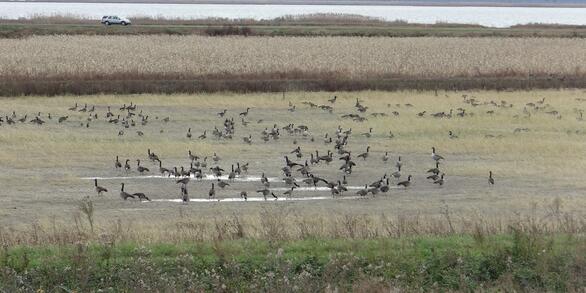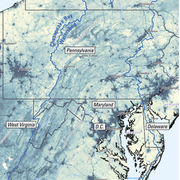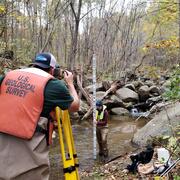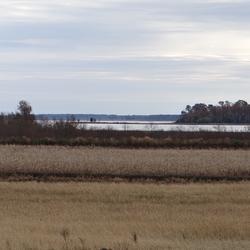Evaluating the Risks of Tire-Derived Compounds to Fish in the Chesapeake Bay Watershed
Regional Assessment of Fish Health in the Chesapeake Bay Watershed
Informing Freshwater Management Strategies in the Chesapeake Bay Watershed by Using Observational Data and Expert Knowledge to Identify Influential Stressors
The Nonpoint Source Challenge:
Obstacles and Opportunities for Meeting Nutrient Reduction Goals in the Chesapeake Bay Watershed
Informing Chesapeake Bay Watershed Management by Monitoring Trends in River Nutrient and Sediment Loads
Discovering Connections Across America's Lands and Waters
USGS Chesapeake Accomplishments and Highlights for 2024
Road salt elevates salinity above background levels in freshwater streams and rivers across the Chesapeake Bay Watershed
Publications
Discover Chesapeake related science in reports and journal articles authored by USGS scientists
Chesapeake Bay Activities
The Chesapeake Bay is our Nation’s largest estuary and provides over $100 billion in annual economic value. The USGS works with Federal, State, local, and academic partners to provide research and monitoring and to communicate results to inform management for the Chesapeake and other important landscapes across the Nation.
Measuring Conditions in Streams
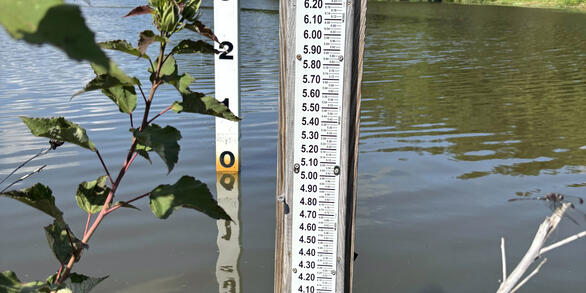
Monitoring data were used to assess seven key indicators of stream condition, revealing consistent patterns of degradation in urban and agricultural areas. The findings offer critical insights that can inform watershed restoration efforts and improve long-term monitoring strategies.
Quick Links
Learn more about USGS science activities in the Bay from our Science Strategy. Additional summaries of the USGS Chesapeake Bay Activities are available in the science topics section.


